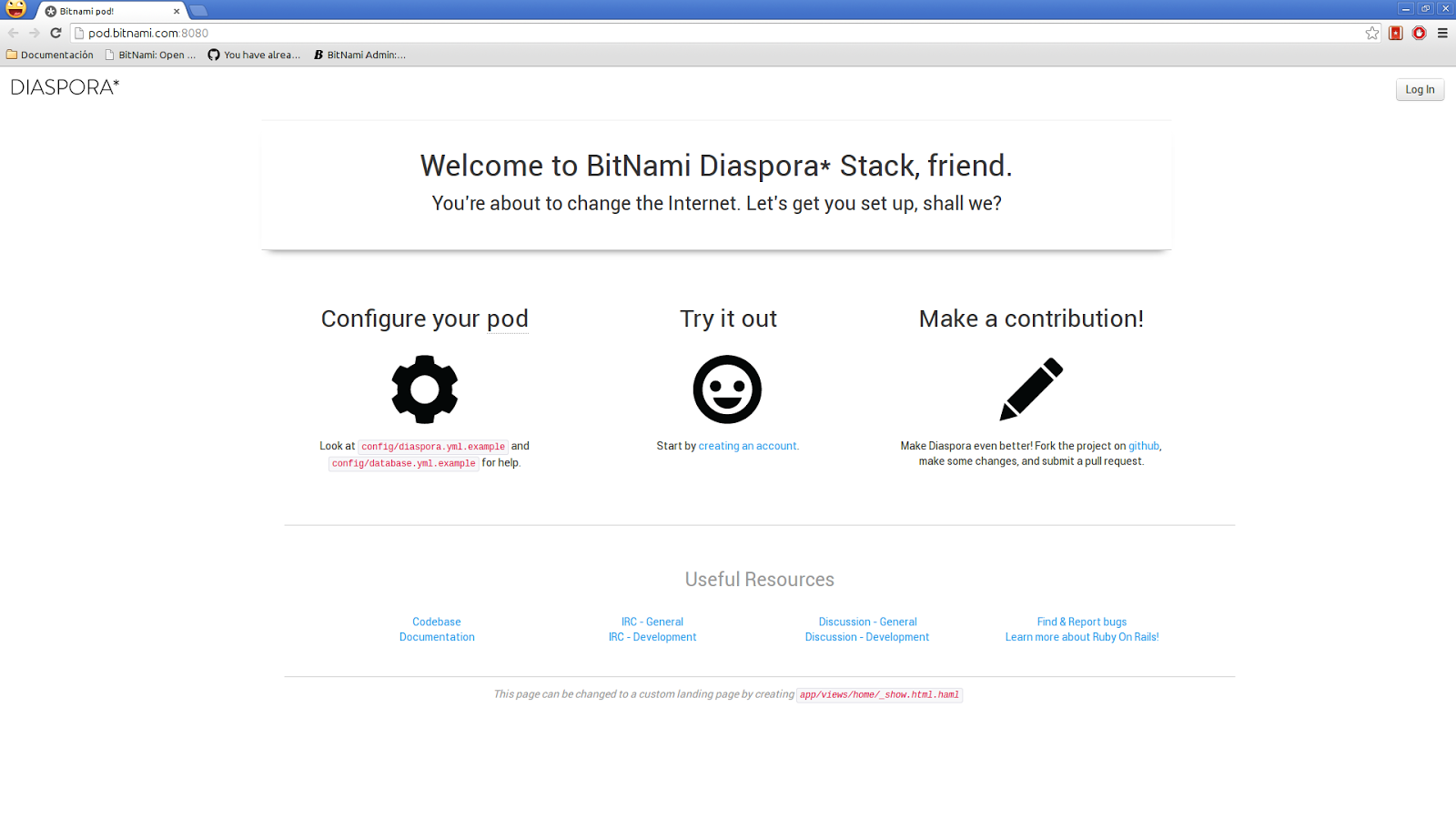
- #Https with bitnami mean stack how to
- #Https with bitnami mean stack update
- #Https with bitnami mean stack manual
MEAN is an end-to-end JavaScript stack largely used for cloud-ready applications. What is MEAN?Ī relatively new stack, MEAN stands for MongoDB, Express.js, AngularJS, and Node.js. There’s no one-size-fits-all stack for development. Each stack has its benefits and downsides and is geared for different projects. From LAMP to Ruby on Rails, there are a number of options. However, the stack field is getting crowded. Creating your backend with a set of tools designed to work together reduces development time and streamlines resources. When building an application from scratch, employing a consistent, standardized software stack is vital.


**Make sure that the domain’s DNS records are pointing to the IP address of your server.** A list of the domains and subdomains that you want to include in the certificate.

The tool will then take you through several steps where you’ll need to provide the following:
#Https with bitnami mean stack update
Just press Enter and let it update (pretty much instantly), then re-run the initial command. Would you like to download it? You would need to run it manually later. It may tell you that it needs to update first with a message like this: An updated version is available. To launch the tool, we have to run just one command: sudo /opt/bitnami/bncert-tool
#Https with bitnami mean stack manual
The second point – automatic renewal – is especially important here as Let’s Encrypt certificates are only valid for three months at a time, so this will save you quite a bit of hassle in remembering to renew and then the actual manual renewal of the certificate. Once the connection is up and running, we’re going to run Bitnami’s really handy HTTPS Configuration Tool. If you need any assistance you can follow my guide here or comment below and I’ll try and help. If you have all of the above, let’s get started… Automated Installation of the SSL Certificateįirst, you’ll want to SSH into your server using a tool like PuTTY.

#Https with bitnami mean stack how to
If you’ve setup a WordPress site on an AWS EC2 instance using Bitnami’s image, here’s how to install a free SSL certificate provided by Let’s Encrypt.Īs long as you have the following, it’s pretty simple! An SSL certificate is a bit of a no-brainer in most cases it makes a connection with a website more secure, it builds trust with users (they see a padlock instead of a ‘Not secure’ message) and it’s a ranking factor in Google’s algorithm ( announced back in 2014).


 0 kommentar(er)
0 kommentar(er)
